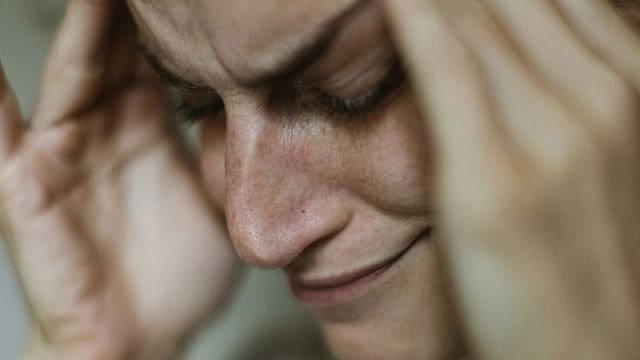Student aggression towards teachers in Alberta is on the rise, impacting half of educators, according to a survey
Student aggression toward teachers in Alberta is on the rise, with roughly half of teachers experiencing an incident of violence or abuse, according to a recent survey by the Alberta Teachers’ Association.
The survey of 2,148 teachers and school leaders revealed an increase in physical abuse, rude or obscene gestures, rumour-spreading and intimidation. More than half of the teachers reported that they’d never undergone training to defuse a potentially aggressive situation, and both teachers and school leaders expressed doubt in their ability to de-escalate such confrontations.
A report summarizing the findings attributes the growth in aggression to societal divisions, the effects of the pandemic, declining empathy and social media.
“I’m repeatedly hit, yelled at and threatened by students,” wrote one respondent. “When I asked for support from the school district, they did nothing to improve the situation.”
More than 70 percent of teachers say they have seen students direct hateful or derogatory comments toward peers who expressed beliefs different from their own.

Salvatore Durante
While societal divisions may play a role in exacerbating hostilities, systemic pressures in the classroom are also responsible for turning up the heat, says University of Alberta counselling psychology doctoral student Salvatore Durante, who is writing his thesis on the experience of student abuse among veteran teachers in junior and senior high schools.
Swelling class sizes – and teachers forced into multiple roles for which they lack sufficient training – have a lot to do with the problem, according to Durante’s study. Today’s teachers are trying to meet the needs of a wide range of students, including those who are neurodivergent (which encompasses a range of conditions, such as autism spectrum disorder (ASD), attention deficit hyperactivity disorder (ADHD), dyslexia, dyspraxia, and other developmental or cognitive variations) or who have learning disabilities, those learning English as a second language, as well as children who are gifted and advanced.
“Once the class sizes grow out of proportion, it becomes very hard for teachers to focus on education when they’re also trying to develop the social and emotional side of things,” he says. “Teachers are expected to be psychologists, parents and nurses. Now they’re being asked to be police officers as well.”
About half of the teachers Durante interviewed mentioned societal disdain or disrespect towards the teaching profession, a finding consistent with the OECD Teaching and Learning International Survey of 2018. Some teachers described symptoms of depression and “turning inward” after violent confrontations, often deciding not to report incidents to school administrators for fear it would reflect badly on them.
“Some felt they were to blame,” he says. “If you send the student to the principal too many times, you’re eventually going to be the one getting blamed for it.” Abuse is often “brushed under the rug” to protect a school’s reputation, he adds.
Especially among new teachers with temporary or probationary contracts, “there is a strange acceptance of the violence,” he adds, “almost like it’s bound to happen. You just deal with it so you can get your full-time (continuous) contract.”
The solution to rising abuse is not stricter penalties or “zero tolerance” for perpetrators, says Durante, which he argues doesn’t work. His interview subjects favoured a restorative justice approach, which provides a forum for both the perpetrator and the recipient of the behaviour to communicate.
“The student has to take responsibility for their behaviour,” he says. “There has to be an empathetic debriefing amongst staff and students, and the student has to be able to express remorse for assaulting a teacher.
“What are the student’s next steps, and how are they going to avoid being aggressive or violent towards the teacher moving forward?”
The Alberta Teachers’ Association has recommended a number of measures to reduce aggression in schools. These include offering more conflict-resolution training for teachers, programming for students with behavioural problems, addressing systemic issues in education and improving parental accountability.
According to Durante, it all comes down to teachers, administrators, students and parents working together to create a trusting environment.
| By Geoff MacMaster
This article was submitted by the University of Alberta, a Troy Media Editorial Content Provider Partner.
The opinions expressed by our columnists and contributors are theirs alone and do not inherently or expressly reflect the views of our publication.
© Troy Media
Troy Media is an editorial content provider to media outlets and its own hosted community news outlets across Canada.

